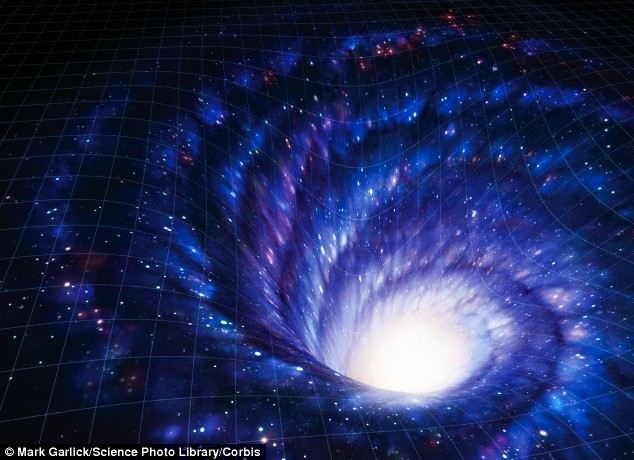Some physicists are convinced that time travel is possible. A group of scientists from the University of Queensland, Australia, have simulated how time-travelling photons might behave; suggesting that, at the quantum level, the grandfather paradox – which makes time travel impossible – could be resolved. The study used photons – single particles of light – to simulate quantum particles travelling back through time. By studying their behavior, the scientists revealed possible strange aspects of modern physics.
“The properties of quantum particles are ‘fuzzy’ or uncertain to start with, so this gives them enough wiggle room to avoid inconsistent time travel situations. Our study provides insights into where and how nature might behave differently from what our theories predict,” said co-author Professor Timothy Ralph.
The Daily Mail explains:
In the simulation, the researchers examined the behavior of a photon traveling through time and interacting with its older self. In their experiment they made use of the closely related, fictitious, case where the photon travels through normal space-time and interacts with another photon that is stuck in a time-travelling loop through a wormhole, known as a closed timelike curve (CTC). Simulating the behavior of this second photon, they were able to study the behavior of the first – and the results show that consistent evolutions can be achieved when preparing the second photon in just the right way.

Because of Albert Einstein’s well-tested theories of special and general relativity physicists believe time travel is possible. Special relativity posits that space and time are aspects of the same thing, known as the space-time continuum, and that time can slow down or speed up, depending on how fast you are moving, relative to something else. General relativity suggests that it would be possible to travel backwards in time by following a space-time path, i.e. a CTC that returns to the starting point in space, but arrives at an earlier time.
In 2012, physicists David Wineland and Serge Haroche shared the Nobel Prize in physics for demonstrating how “quantum weirdness” could not only exist at the subatomic micro-world level, but also show itself in the macro-world.

“The question of time travel features at the interface between two of our most successful yet incompatible physical theories – Einstein’s general relativity and quantum mechanics. Einstein’s theory describes the world at the very large scale of stars and galaxies, while quantum mechanics is an excellent description of the world at the very small scale of atoms and molecules,” said Martin Ringbauer, a PhD student at UQ’s School of Mathematics and Physics and a lead author of the paper.
With several physical problems and paradoxes, is it really possible to go backwards through time? In a new BBC documentary, astrophysicist Stephen Hawking suggests that it simply isn’t possible to go back in time. And there’s not much to look forward to, either. Nonetheless, advances in quantum theories could perhaps provide some understanding of how to overcome time travel paradoxes.
Watch: Russian Scientists Just Revealed The Most Powerful Discovery In The History Of Mankind [Video]
Originally written by Vandita and published on anonhq.com
